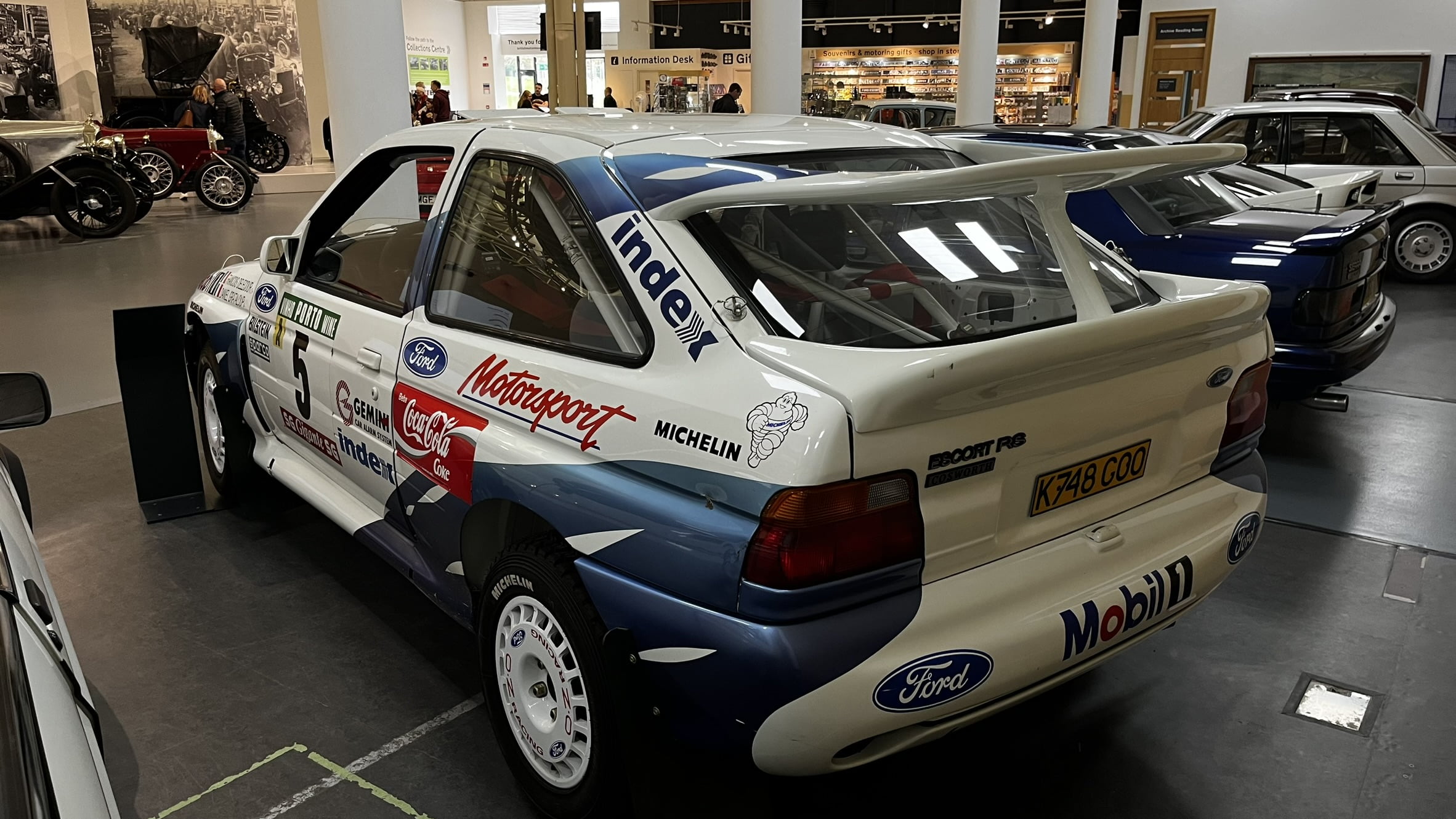1993 Ford Escort RS Cosworth WRC
The Ford Escort RS Cosworth WRC is a name that resonates with rally enthusiasts and automotive aficionados alike. Launched in the early 1990s, this rally car was designed to conquer the World Rally Championship (WRC) and solidify Ford’s position in motorsports. With its distinctive design, formidable performance, and rally pedigree, the Escort RS Cosworth WRC remains an icon in the world of rally racing.

The development of the Ford Escort RS Cosworth WRC was a collaborative effort between Ford and Cosworth Engineering, a company renowned for its high-performance engines. The project aimed to create a car that could compete at the highest levels of rally racing and succeed the Sierra RS Cosworth, which had enjoyed considerable success in the late 1980s. Introduced in 1992, the Escort RS Cosworth was based on the fifth-generation Ford Escort but shared little with its road-going counterpart. Its design and engineering were heavily influenced by the demands of rally racing, resulting in a car that was purpose-built for competition.
One of the most distinctive features of the Escort RS Cosworth WRC is its aggressive aerodynamic package. The car’s wide body, large rear wing, and prominent front splitter were designed to maximize downforce and improve handling at high speeds. The rear wing, in particular, became an iconic element, often referred to as the “whale tail.” Under the hood, the Escort RS Cosworth WRC was powered by a turbocharged 2.0-liter inline-four engine developed by Cosworth. This engine, known as the YBT, produced around 227 horsepower in road-going form but was capable of much higher outputs in competition trim. The engine’s robust construction and advanced turbocharging technology made it highly competitive in rallying.

The car’s drivetrain was another standout feature. It employed a permanent all-wheel-drive system with a viscous coupling center differential and a limited-slip rear differential, providing exceptional traction on a variety of surfaces. The suspension system, with MacPherson struts at the front and a complex multi-link setup at the rear, was tuned for the rigors of rally stages, offering a balance of durability and performance.
The Ford Escort RS Cosworth WRC made its debut in the World Rally Championship in 1993. Its combination of power, handling, and reliability quickly made it a formidable contender. The car’s first major success came at the hands of French driver François Delecour, who secured a victory at the 1993 Rally of Portugal.

Over the next few years, the Escort RS Cosworth WRC achieved numerous podium finishes and several victories in the WRC. Its success was driven by a roster of talented drivers, including François Delecour, Carlos Sainz, and Malcolm Wilson. The car’s competitive performance helped Ford maintain a strong presence in the world of rallying during the early to mid-1990s.